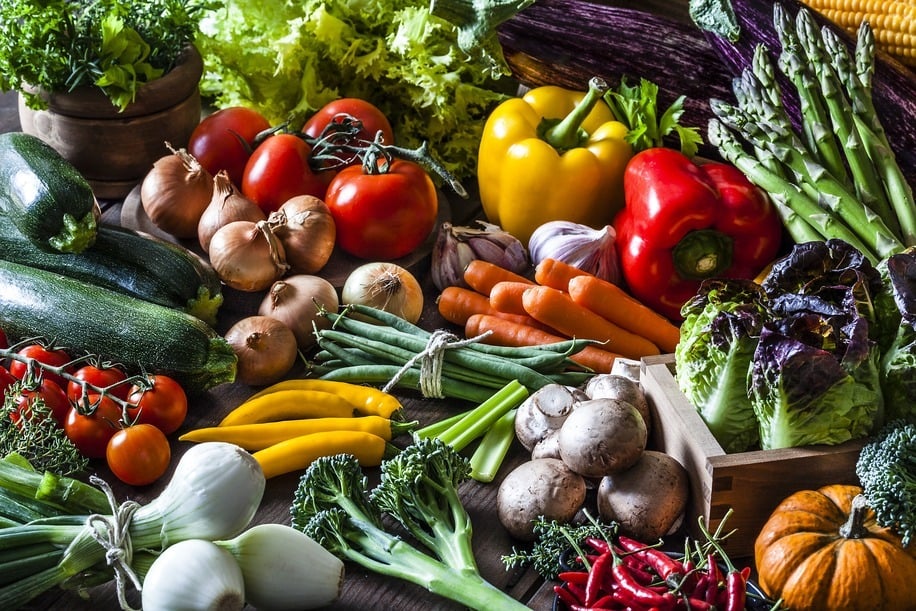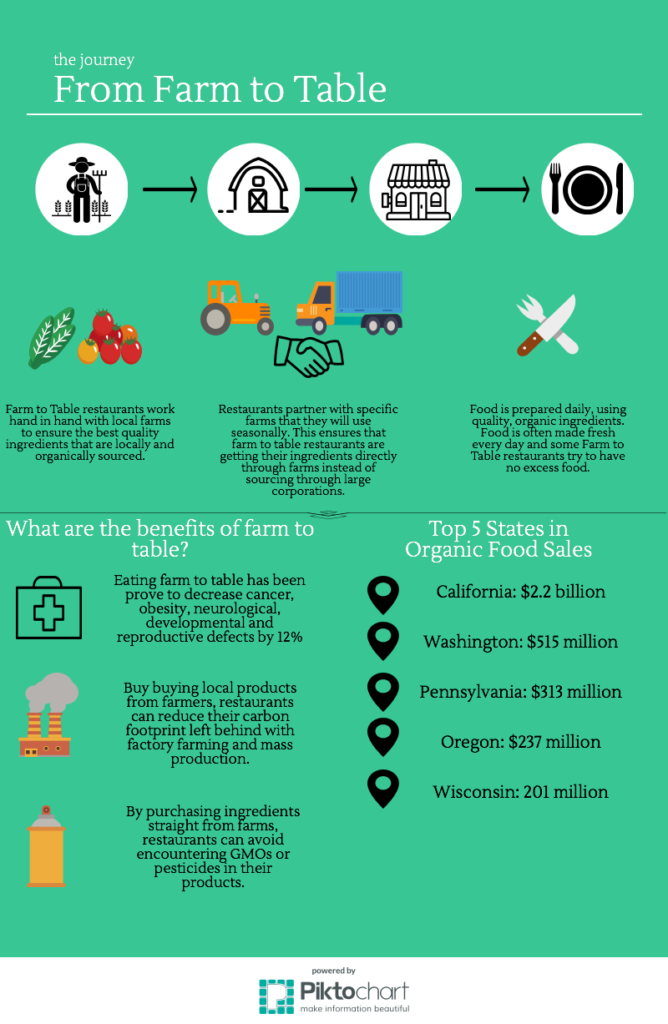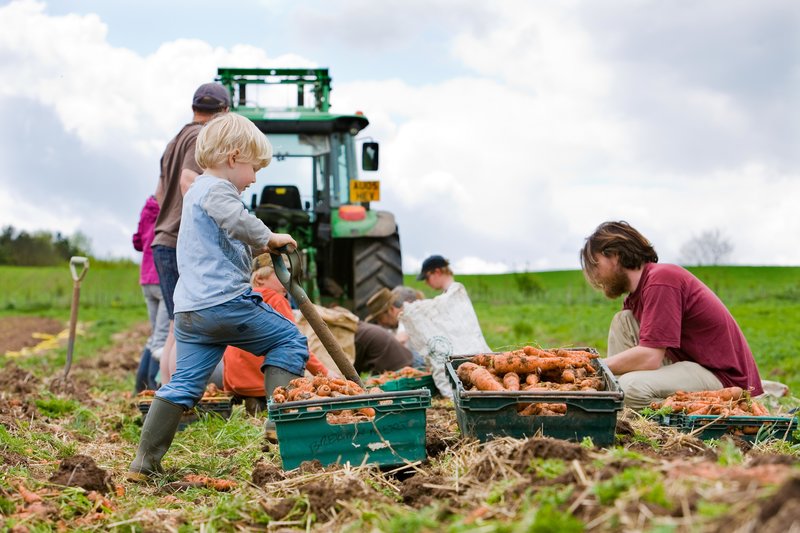A farm-to-table kitchen is more than just a food trend – it’s a movement towards a more sustainable and ethical way of eating. But what exactly does it mean to have a farm-to-table kitchen? In simple terms, it means sourcing and using ingredients that come directly from local farms and producers. This not only supports the local economy, but it also ensures that the food on your plate is fresh, in-season, and minimally processed. In this article, we’ll explore the benefits and importance of having a farm-to-table kitchen in your home.Farm-to-Table Kitchen: What It Means and Why It Matters
With the rise in popularity of farm-to-table restaurants, it’s clear that more and more people are interested in eating locally sourced food. And for good reason – there are numerous benefits to eating local. First and foremost, it supports small-scale farmers and producers in your community. This helps to strengthen the local economy and creates a sense of community. Additionally, eating local means you are getting the freshest and highest quality ingredients, as they don’t have to travel far to reach your plate. It also reduces the carbon footprint of your food, as it doesn’t have to be transported long distances. Overall, eating at a farm-to-table restaurant not only tastes good, but it also does good for your community and the environment.Farm-to-Table Restaurants: The Benefits of Eating Local
Looking to experience the farm-to-table movement for yourself? Here are 10 restaurants in the US that are known for their commitment to sourcing local, seasonal ingredients: The Willows Inn in Lummi Island, Washington 10 Farm-to-Table Restaurants to Try in the US
Blue Hill at Stone Barns in Pocantico Hills, New York
SingleThread in Healdsburg, California
Herons in Cary, North Carolina
Fore Street in Portland, Maine
Primo in Rockland, Maine
Providence in Los Angeles, California
Blackberry Farm in Walland, Tennessee
Spring in Chicago, Illinois
Canlis in Seattle, Washington
If you’re looking to incorporate more farm-to-table cooking into your daily meals, here are some tips and recipes to get you started: 1. Shop at your local farmer’s market. This is the best place to find fresh, locally grown produce and other products like meat, eggs, and dairy. Talk to the farmers and ask them about their growing practices – you’ll likely find that many of them use sustainable and organic methods. 2. Get creative with seasonal ingredients. Eating seasonally means you’ll be getting the freshest and most flavorful produce. Challenge yourself to try new recipes with ingredients that are in season, and you may discover some new favorite dishes. 3. Preserve excess produce. If you find yourself with an abundance of produce from the farmer’s market, don’t let it go to waste. Consider preserving it through canning, pickling, or freezing so you can enjoy it later on. 4. Support sustainable seafood. If you eat seafood, make sure to choose sustainable options that are caught or farmed in an environmentally responsible way. You can look for certifications like Marine Stewardship Council or Best Aquaculture Practices when shopping for seafood. 5. Try meatless meals. Eating less meat is not only better for the environment, but it can also save you money. Try incorporating more vegetarian or vegan meals into your diet, using plant-based proteins like beans, lentils, and tofu. Here’s a simple and delicious recipe to try for a farm-to-table meal: Summer Vegetable Frittata Ingredients: • 1 tablespoon olive oil Instructions: 1. Preheat your oven to 375°F. 2. In a large oven-safe skillet, heat the olive oil over medium heat. 3. Add the onion and garlic and cook for 2-3 minutes, until softened. 4. Add the zucchini and bell pepper and cook for an additional 5 minutes. 5. In a separate bowl, whisk together the eggs, milk, and cheese. Season with salt and pepper. 6. Pour the egg mixture over the vegetables in the skillet and gently stir to combine. 7. Transfer the skillet to the oven and bake for 20-25 minutes, until the eggs are set and golden brown on top. 8. Let cool for a few minutes before slicing and serving.Farm-to-Table Cooking: Tips and Recipes for Eating Local
• 1 onion, chopped
• 2 cloves garlic, minced
• 1 zucchini, sliced
• 1 bell pepper, diced
• 4 eggs
• ¼ cup milk
• ½ cup grated cheese
• Salt and pepper, to taste
The concept of farm-to-table dining has been around for centuries, but it gained popularity in the 1960s and 1970s as a part of the natural foods movement. However, it wasn’t until the 2000s that it became more mainstream and a part of popular food culture. Today, it continues to grow as people become more conscious of where their food comes from and the impact it has on the environment and local communities.The Farm-to-Table Movement: A Brief History
If you have some outdoor space, starting your own farm-to-table garden is a great way to have access to fresh produce right in your own backyard. Here are some steps to get started: 1. Choose a location. Find a sunny spot in your yard that gets at least 6 hours of sunlight per day. 2. Prepare the soil. Enrich your soil with compost and organic matter to give your plants the nutrients they need. 3. Decide what to plant. Choose vegetables and herbs that you enjoy eating and that grow well in your climate. 4. Plant and maintain your garden. Follow instructions for planting and caring for your chosen plants. Regularly water and fertilize as needed. 5. Harvest and enjoy! Once your plants start producing, harvest and use them in your farm-to-table cooking.How to Start a Farm-to-Table Garden in Your Own Backyard
Farm-to-table is more than just a trend – it’s a movement towards a more sustainable and ethical way of eating. Here are some important things to know about this food trend: • It supports local farmers and the economy. By buying directly from local farms and producers, you are supporting small-scale businesses and the local economy. • It promotes seasonal eating. Eating what’s in season not only tastes better, but it also reduces the carbon footprint of your food. • It’s better for the environment. By reducing the distance that food has to travel, farm-to-table dining helps to reduce the carbon emissions from transportation. • It’s healthier. Fresh, locally sourced produce is often more nutrient-dense and free from harmful pesticides and chemicals.Farm-to-Table: What You Need to Know About This Food Trend
Having a farm-to-table kitchen in your home has numerous benefits, including: • Fresh, high-quality ingredients. By sourcing directly from local farms, you are getting the freshest and highest quality ingredients for your meals. • Supports the local economy. Supporting small-scale farmers and producers in your community helps to strengthen the local economy. • More sustainable and ethical. By reducing your carbon footprint and supporting sustainable agriculture, you are making a positive impact on the environment and the community. • Encourages creativity in the kitchen. Eating seasonally means you may have to get creative with your cooking, trying new recipes and ingredients.The Benefits of a Farm-to-Table Kitchen
Interested in incorporating more farm-to-table principles into your daily eating habits? Here are some tips to help you eat local and seasonal: • Shop at farmer’s markets. As mentioned before, farmer’s markets are the best place to find locally sourced produce and other products. • Join a CSA. Community Supported Agriculture (CSA) programs allow you to purchase a share of a local farm’s harvest and receive a box of fresh produce each week. • Visit farm-to-table restaurants. Treat yourself to a meal at a farm-to-table restaurant and support local businesses. • Plant a garden. As mentioned before, starting your own garden is a great way to have access to fresh produce right at home.Farm-to-Table: A Guide to Eating Local and Seasonal
Here are some ways you can support local farmers and sustainable agriculture: • Buy directly from farms. Many farms have their own stands or sell at farmer’s markets. Buying directly from them ensures that they receive the full profit for their products. • Choose organic and sustainable options. When shopping at the grocery store, look for organic and sustainably sourced products. • Support legislation that supports sustainable agriculture. Stay informed about legislation that affects farmers and support measures that promote sustainable agriculture practices. In conclusion, having a farm-to-table kitchen not only tastes good, but it also does good for your community and the environment. By supporting local farmers and eating seasonal, you are contributing to a more sustainable and ethical food system. So why not start incorporating some farm-to-table principles into your daily meals? Your taste buds and the planet will thank you.Farm-to-Table: How to Support Local Farmers and Sustainable Agriculture
How Farm to Table Kitchens are Revolutionizing House Design

The Farm to Table Movement
 Farm to table
is not just a buzzword in the food industry, it has become a way of life for many people seeking a healthier and more sustainable lifestyle. The basic concept is simple – food is grown on local farms and brought directly to the table, eliminating the need for long-distance transportation and reducing carbon emissions. But this movement is not just limited to the food we eat, it has also made its way into the design of our homes, particularly in the heart of the house – the kitchen.
Farm to table
is not just a buzzword in the food industry, it has become a way of life for many people seeking a healthier and more sustainable lifestyle. The basic concept is simple – food is grown on local farms and brought directly to the table, eliminating the need for long-distance transportation and reducing carbon emissions. But this movement is not just limited to the food we eat, it has also made its way into the design of our homes, particularly in the heart of the house – the kitchen.
The Rise of the Farm to Table Kitchen
 Farm to table kitchens
are becoming increasingly popular in modern house design as people become more conscious of where their food comes from and the impact it has on the environment. These kitchens are designed with the
farm to table
concept in mind, incorporating elements such as
locally sourced
materials,
sustainable
design features, and
functional
layouts for preparing and cooking fresh produce.
Farm to table kitchens
are becoming increasingly popular in modern house design as people become more conscious of where their food comes from and the impact it has on the environment. These kitchens are designed with the
farm to table
concept in mind, incorporating elements such as
locally sourced
materials,
sustainable
design features, and
functional
layouts for preparing and cooking fresh produce.
Key Design Elements of a Farm to Table Kitchen
 Locally sourced
materials are a key component in designing a
farm to table kitchen
. This not only supports local farmers and businesses, but it also reduces the environmental impact of transportation. From reclaimed wood for kitchen cabinets to
recycled
glass countertops, these materials add a unique and
eco-friendly
touch to the kitchen.
In addition to materials,
sustainable
design features are also essential in a
farm to table kitchen
. This can include energy-efficient appliances,
low-flow
faucets, and
green
flooring options. These features not only reduce the environmental impact of the kitchen, but they also save homeowners money on utility bills.
A
functional
layout is also crucial in a
farm to table kitchen
. This means incorporating ample counter space for meal prep, a
spacious
sink for washing produce, and
easy-to-reach
storage for ingredients and utensils. The goal is to make cooking and preparing meals from fresh, local ingredients a seamless and enjoyable experience.
Locally sourced
materials are a key component in designing a
farm to table kitchen
. This not only supports local farmers and businesses, but it also reduces the environmental impact of transportation. From reclaimed wood for kitchen cabinets to
recycled
glass countertops, these materials add a unique and
eco-friendly
touch to the kitchen.
In addition to materials,
sustainable
design features are also essential in a
farm to table kitchen
. This can include energy-efficient appliances,
low-flow
faucets, and
green
flooring options. These features not only reduce the environmental impact of the kitchen, but they also save homeowners money on utility bills.
A
functional
layout is also crucial in a
farm to table kitchen
. This means incorporating ample counter space for meal prep, a
spacious
sink for washing produce, and
easy-to-reach
storage for ingredients and utensils. The goal is to make cooking and preparing meals from fresh, local ingredients a seamless and enjoyable experience.
The Benefits of a Farm to Table Kitchen
 Aside from the environmental and health benefits, there are many other advantages to having a
farm to table kitchen
. Not only does it add value to your home, but it also creates a
warm and inviting
atmosphere for family and friends to gather and enjoy delicious, locally sourced meals. Plus, with the
functional
layout and
sustainable
design features, it makes cooking and meal prep more efficient and enjoyable.
In conclusion, the
farm to table
movement has made its way into the heart of our homes – the kitchen. With its emphasis on
sustainability
and
local sourcing
, a
farm to table kitchen
not only benefits the environment and our health, but it also adds a unique and functional touch to house design. So why not bring the
farm to table
concept into your home and enjoy the many benefits it has to offer?
Aside from the environmental and health benefits, there are many other advantages to having a
farm to table kitchen
. Not only does it add value to your home, but it also creates a
warm and inviting
atmosphere for family and friends to gather and enjoy delicious, locally sourced meals. Plus, with the
functional
layout and
sustainable
design features, it makes cooking and meal prep more efficient and enjoyable.
In conclusion, the
farm to table
movement has made its way into the heart of our homes – the kitchen. With its emphasis on
sustainability
and
local sourcing
, a
farm to table kitchen
not only benefits the environment and our health, but it also adds a unique and functional touch to house design. So why not bring the
farm to table
concept into your home and enjoy the many benefits it has to offer?












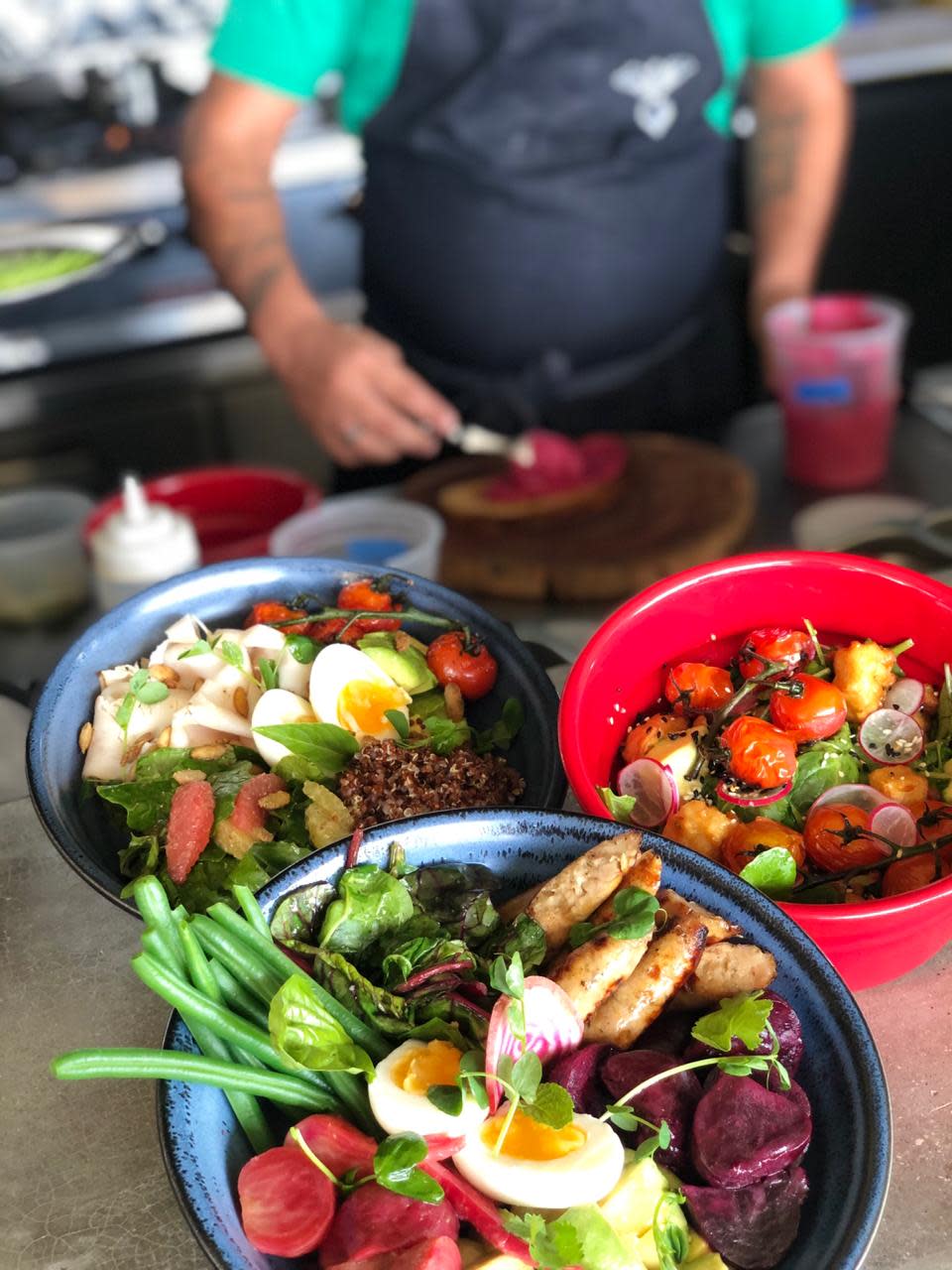






















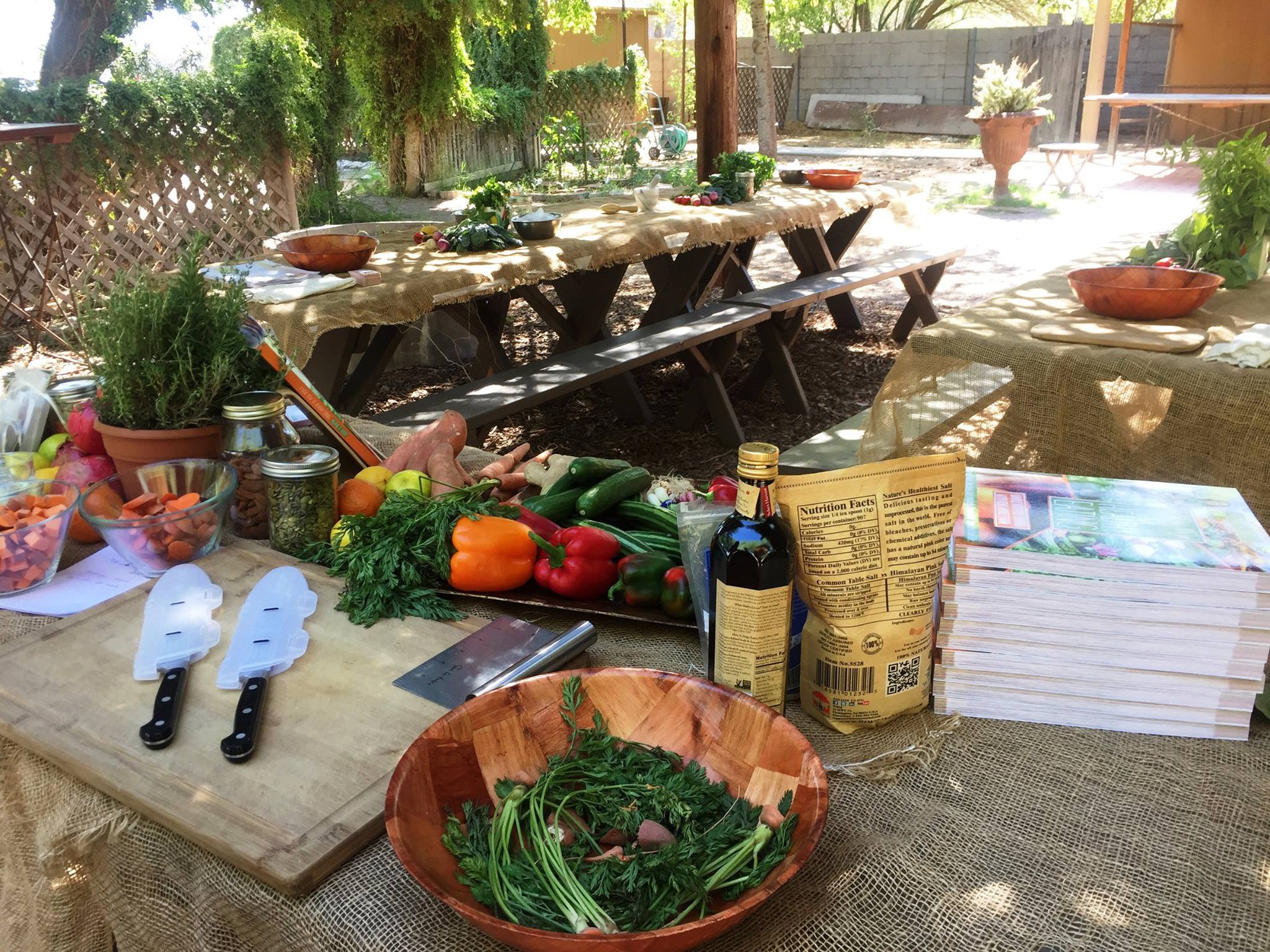






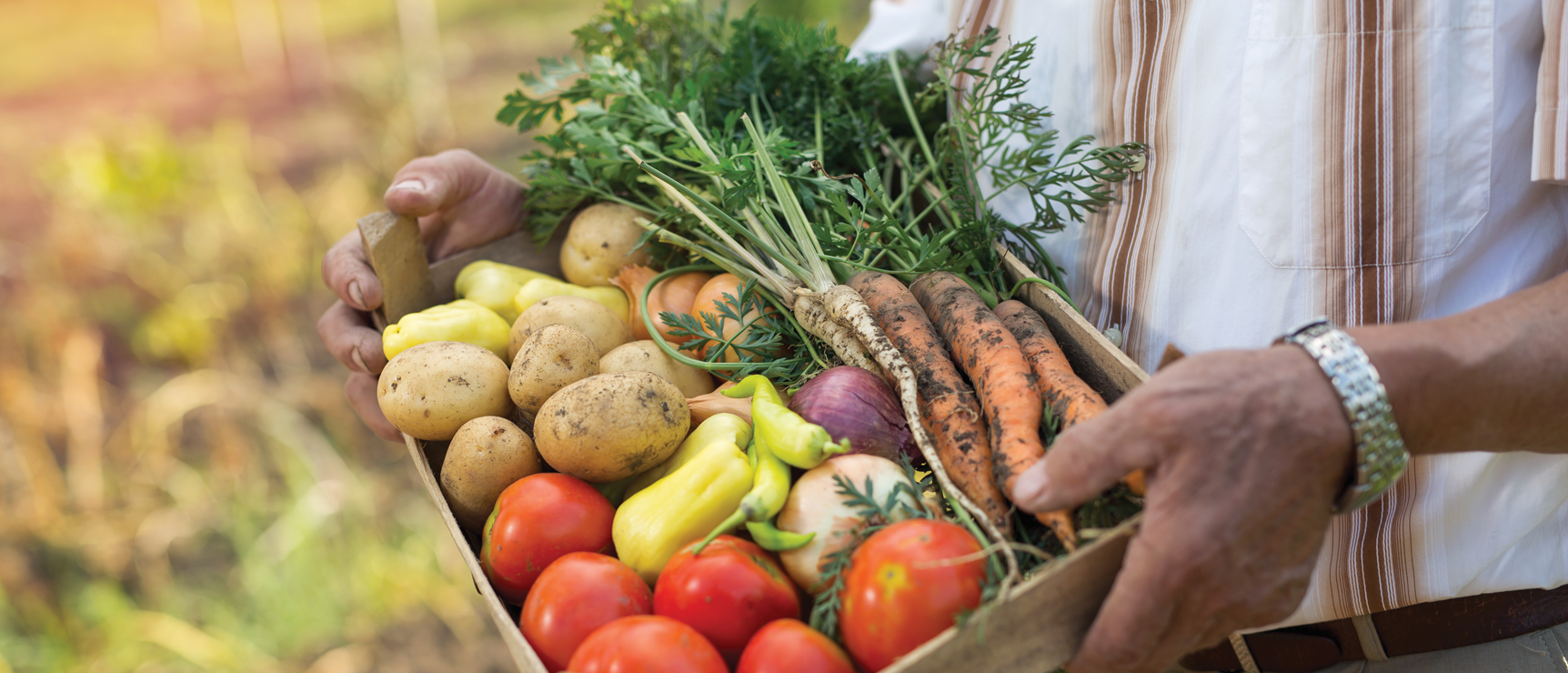













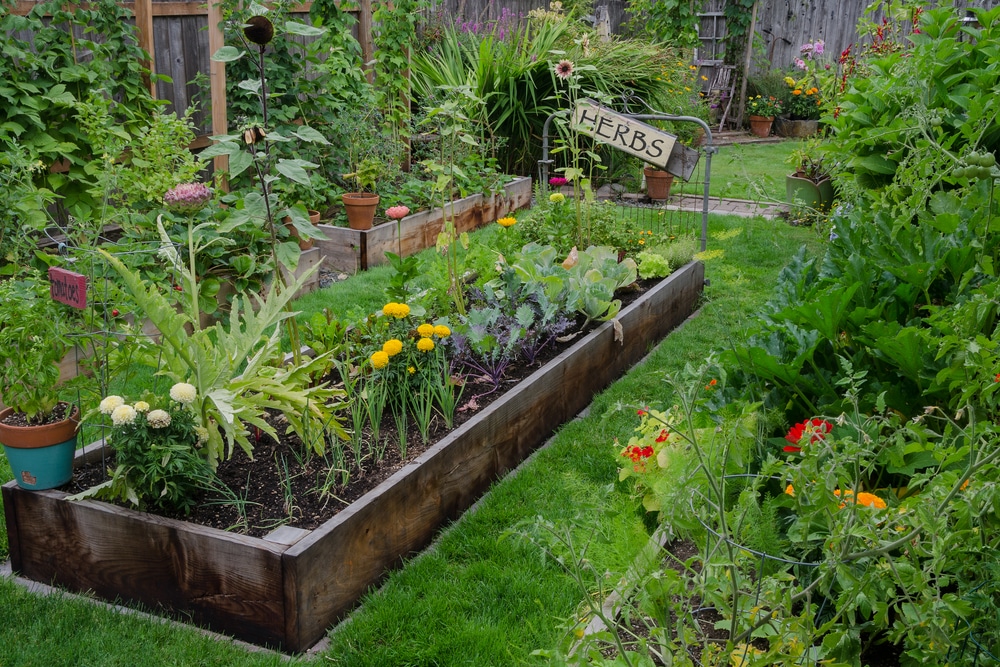
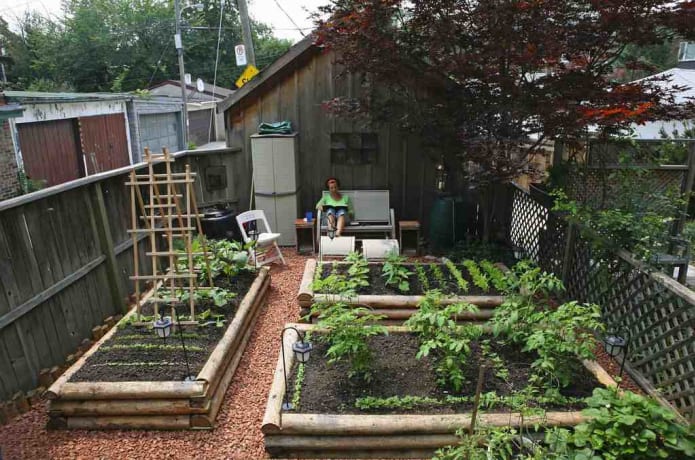

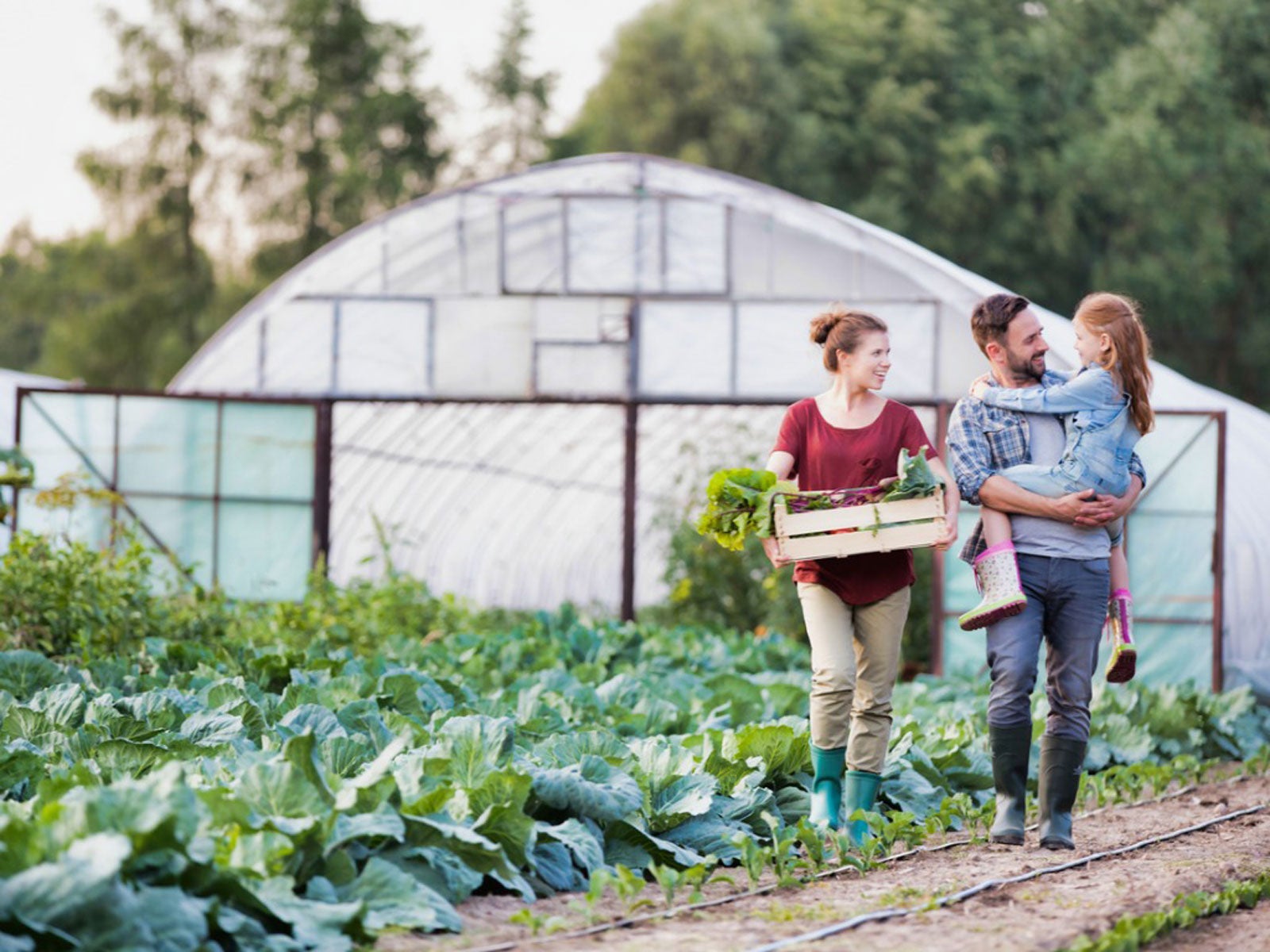
:max_bytes(150000):strip_icc()/112781451-56a349f13df78cf7727cb903.jpg)
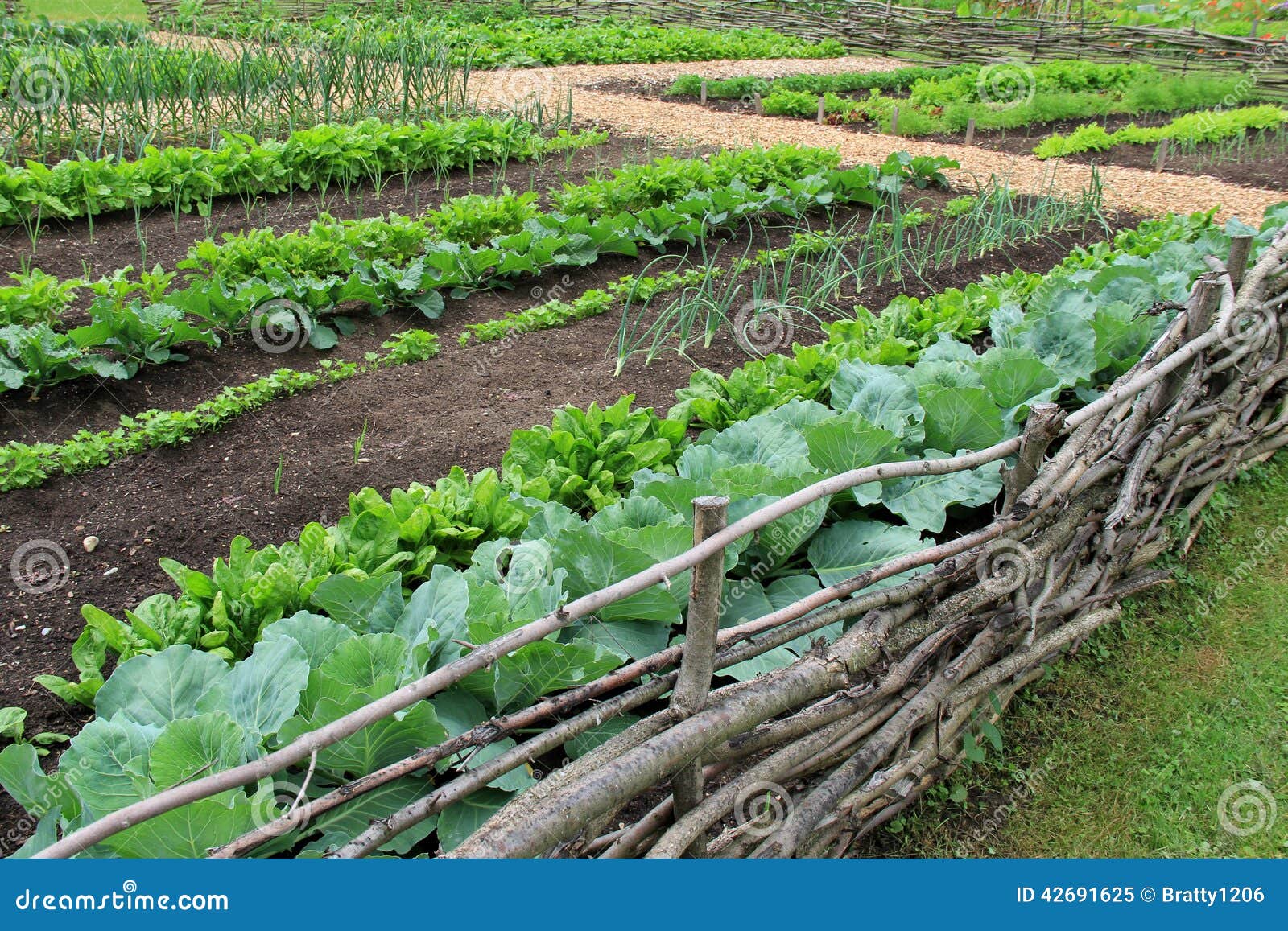







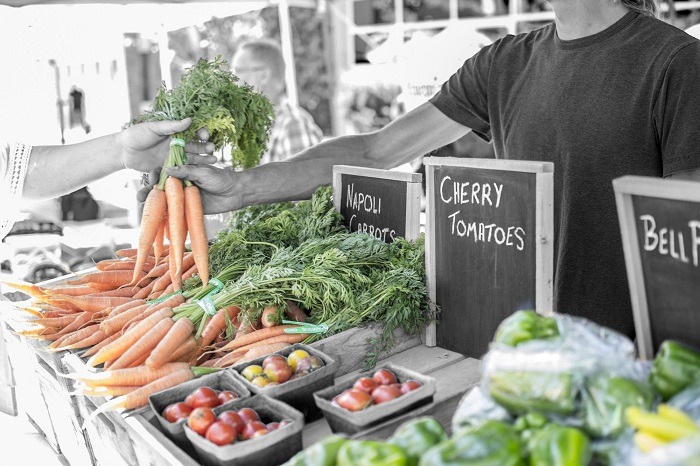













.jpg)
:max_bytes(150000):strip_icc()/Farm-to-Table-GettyImages-508429209-590cf6d65f9b586470987bd8.jpg)

